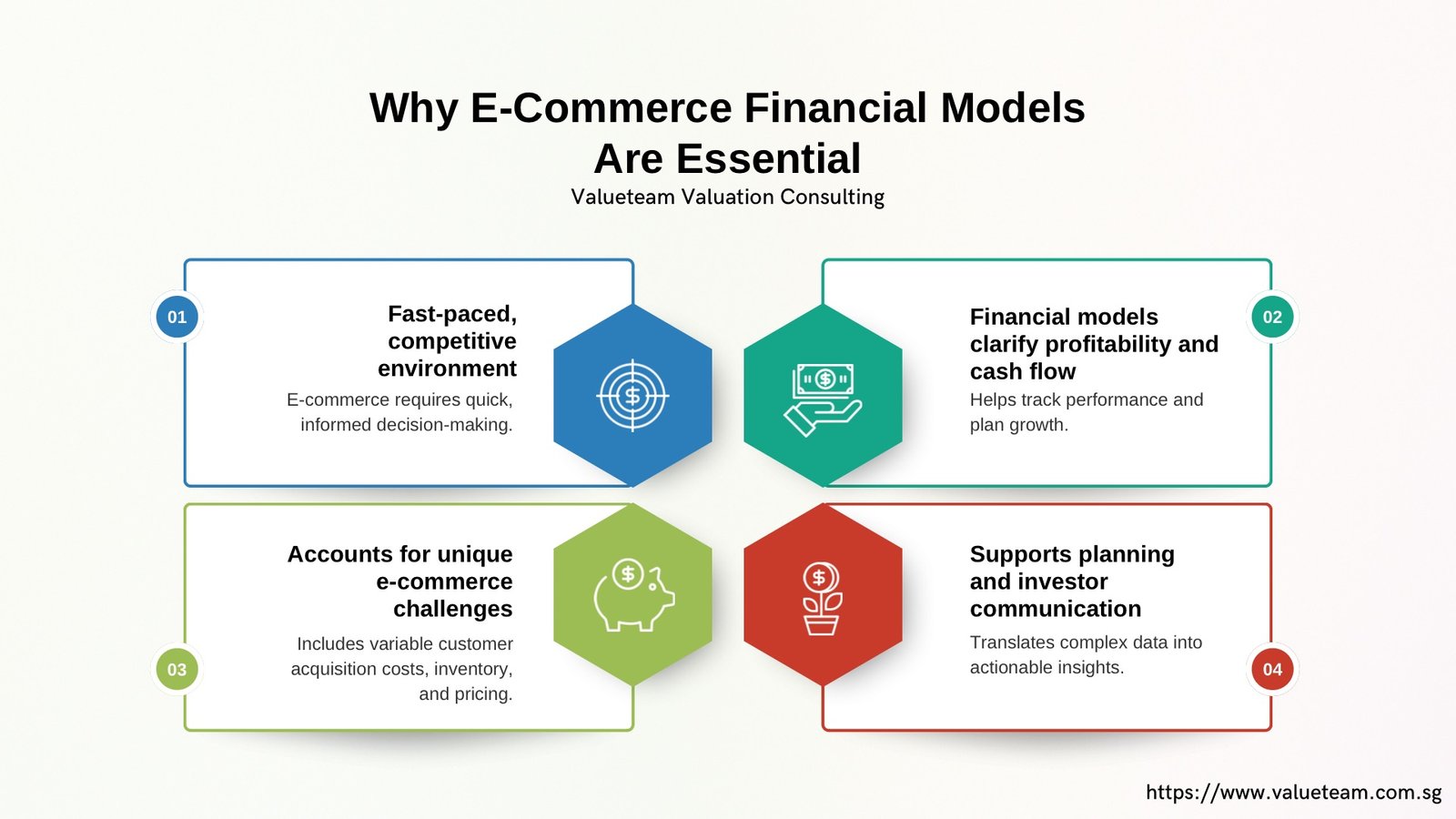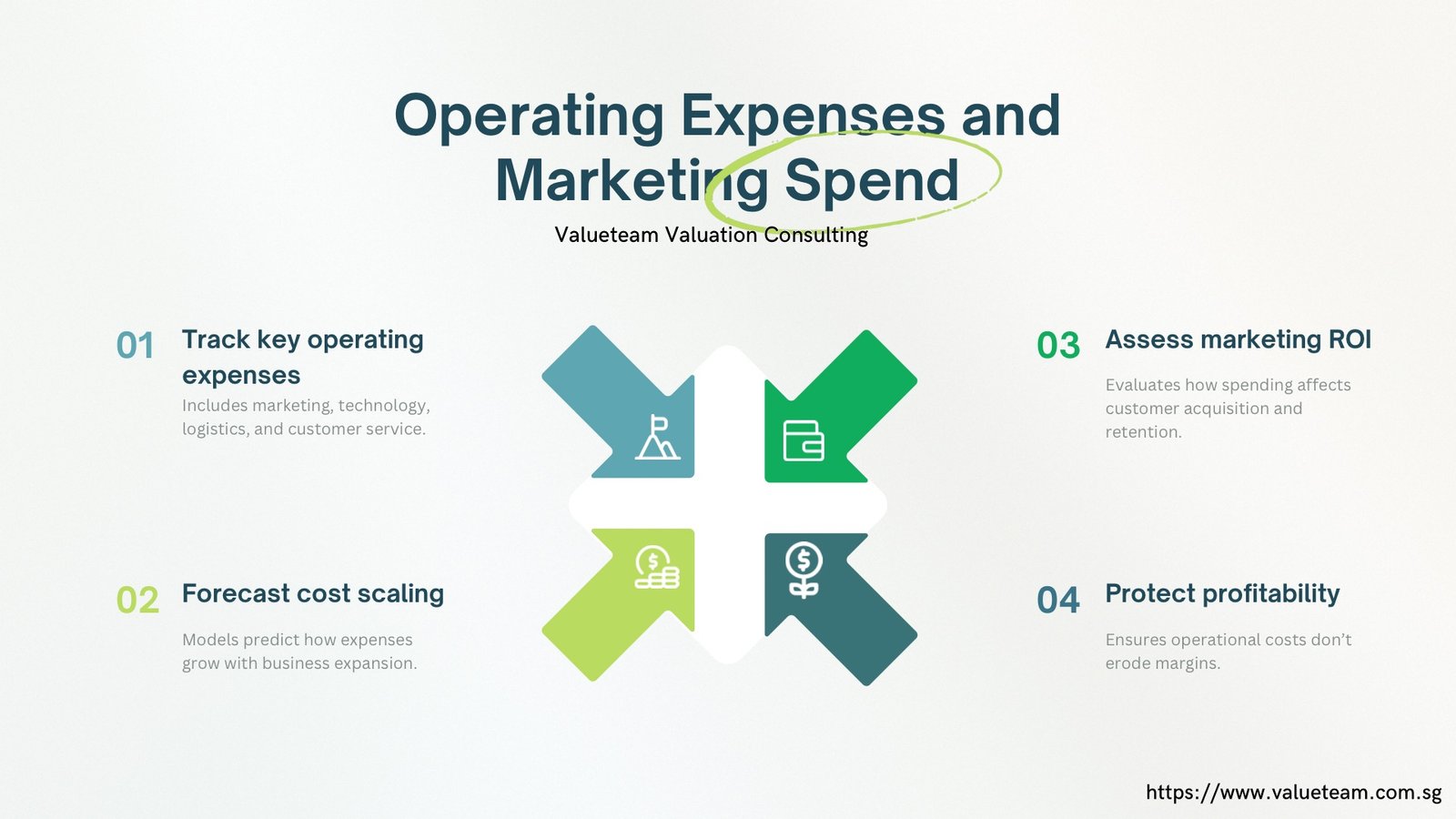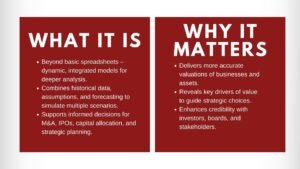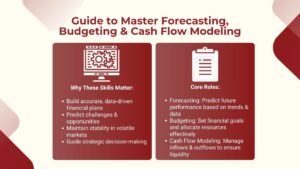3 Best e commerce Financial Modeling Building simple and accurate
3 e commerce Financial Modeling building simple and accurate
Introduction: Why e commerce Financial Models Are Essential
E‑commerce business coperate in a fast-paced, highly competitive environment where consumer behavior, marketing costs, and logistics can change rapidly. Financial modeling for an e‑commerce venture is crucial for understanding profitability,cash flow statement, and forecasting growth. A comprehensive model allows founders, investors, and managers to make informed decisions, assess risks, and allocate resources efficiently.
Unlike traditional retail, e‑commerce faces unique challenges: variable customer acquisition costs, fluctuating inventory needs, and dynamic pricing strategies. Financial models translate these complex variables into actionable insights, helping businesses plan for growth, optimize operations, and communicate value to investors.

Revenue Modeling: e commerce financial modeling Understanding Your Sales Drivers
The first step in e‑commerce financial modeling is mapping out revenue streams. Revenue is influenced by factors such as:
- Traffic and Conversion Rates: The number of visitors and the percentage who make a purchase.
- Average Order Value (AOV): How much customers spend per transaction.
- Repeat Purchase Rate: The frequency of return customers.
Why it matters: By modeling different growth scenarios, businesses can estimate revenue under multiple conditions, anticipate seasonality effects, and set realistic sales targets.
Cost of Goods Sold (COGS) and Gross Margin
Understanding COGS is essential for e‑commerce profitability. It includes product costs, shipping, packaging, and fulfillment fees. Modeling gross margin—Revenue minus COGS—helps determine the pricing strategy and assess how efficiently the business is turning revenue into profit.
Why it matters: A clear picture of margins allows e‑commerce managers to optimize suppliers, negotiate better rates, and identify products that drive higher profitability.
Operating Expenses and Marketing Spend
Operating expenses for e‑commerce businesses often include:
- Digital Marketing: Paid ads, social media campaigns, and influencer partnerships.
- Technology Costs: Platform fees, hosting, and software subscriptions.
- Logistics and Customer Service: Warehousing, delivery, and support staff.
Financial models help forecast how these costs scale with growth and how marketing spend impacts customer acquisition and retention.
Why it matters: Proper expense modeling ensures that marketing investments are profitable and that operational costs don’t erode margins.

Cash Flow Management
Cash flow is critical in e‑commerce due to inventory purchases, shipping obligations, and fluctuating sales cycles. Modeling cash inflows and outflows enables businesses to:
- Identify potential liquidity shortfalls.
- Plan for bulk inventory purchases ahead of peak seasons.
- Align payment terms with suppliers and shipping partners.
Why it matters: Effective cash flow management reduces the risk of stockouts, late payments, and operational disruptions.
Scenario and Sensitivity Analysis
E‑commerce markets are volatile. Scenario modeling allows businesses to test assumptions such as:
- Changes in conversion rates.
- Rising shipping costs.
- Shifts in customer acquisition cost (CAC).
Sensitivity analysis highlights which variables have the greatest impact on profitability and cash flow.
Why it matters: Preparing for different scenarios ensures that e‑commerce businesses remain agile, minimize risk, and optimize decision-making even under uncertainty.
Funding and Investment Planning
Financial modeling helps e‑commerce startups determine funding needs for inventory, marketing, and platform development. By simulating equity, debt, or hybrid financing options, founders can assess dilution, interest costs, and ROI for investors.
Why it matters: Clear financial models improve investor confidence and support strategic decisions about scaling, entering new markets, or launching new products.
Strategic Decision Support
Beyond numbers, a robust financial model informs key strategic choices:
- Product selection and pricing.
- Marketing channel allocation.
- Inventory management and logistics planning.
- Expansion into new regions or marketplaces.
Why it matters: Integrating financial insights into strategy reduces guesswork, prioritizes high-impact initiatives, and strengthens long-term competitiveness.
Conclusion: Building Sustainable Growth with Financial Modeling
An e‑commerce financial model is more than a tool—it’s a roadmap. It guides decision-making, supports investor communications, and prepares businesses to respond to market volatility. By carefully modeling revenue, costs, cash flow, and strategic scenarios, e‑commerce founders can make informed decisions that balance short-term performance with long-term growth.
Financial modeling transforms data into actionable insights, enabling e‑commerce businesses to scale efficiently, allocate resources wisely, and achieve sustainable success in a dynamic market.







